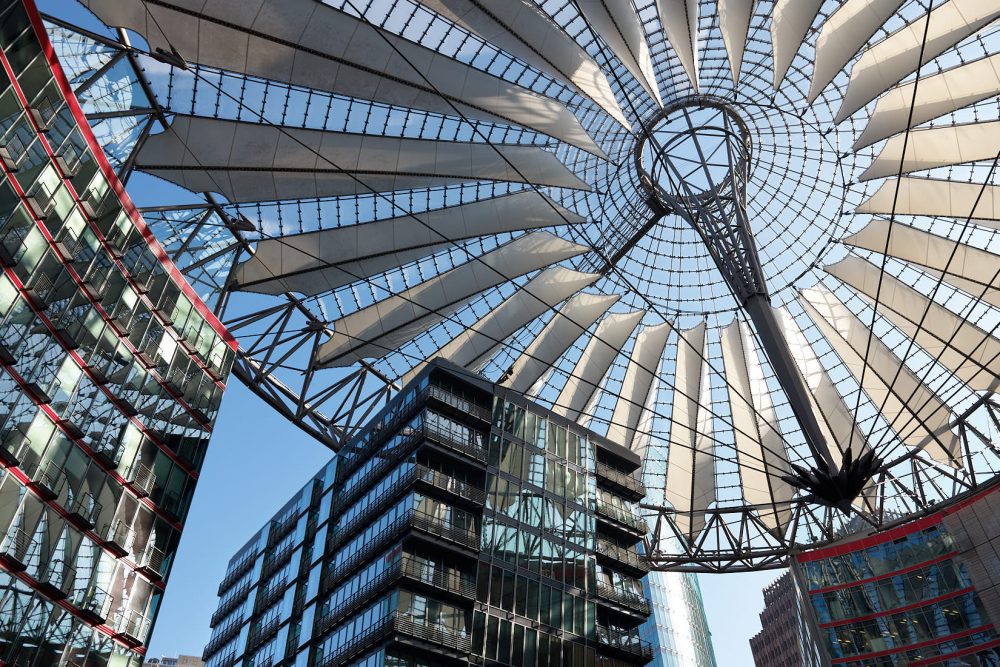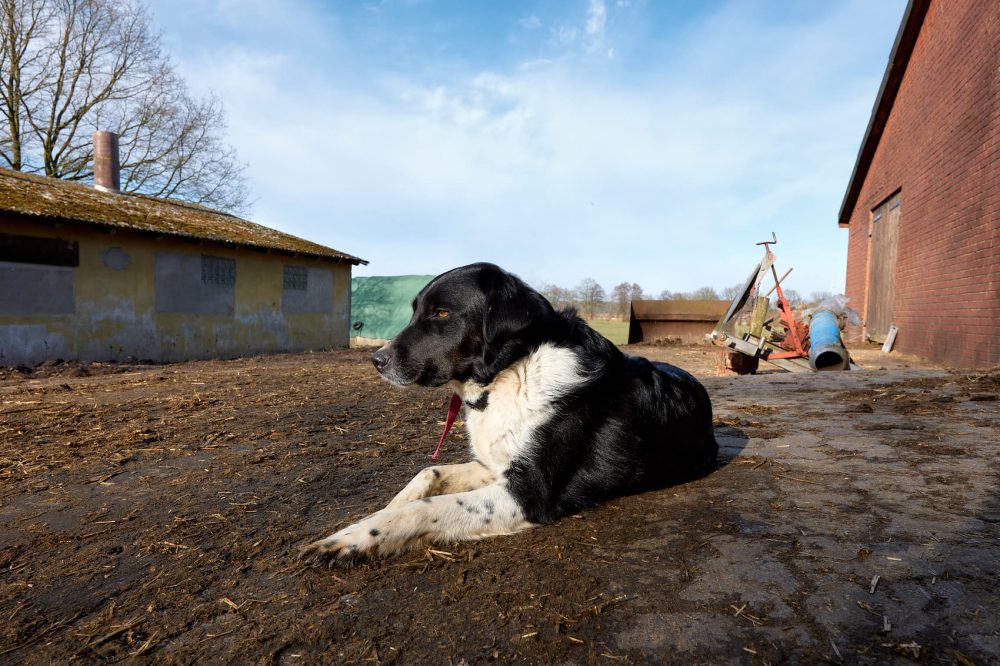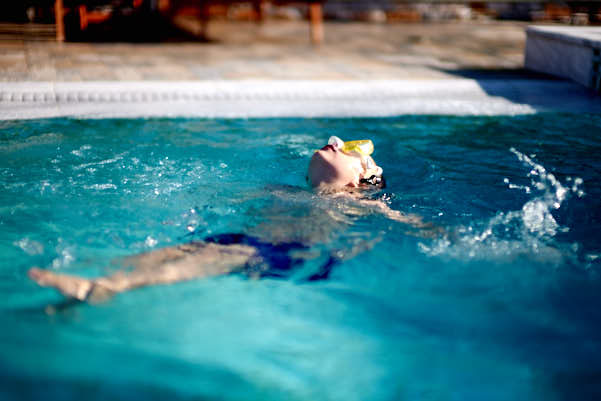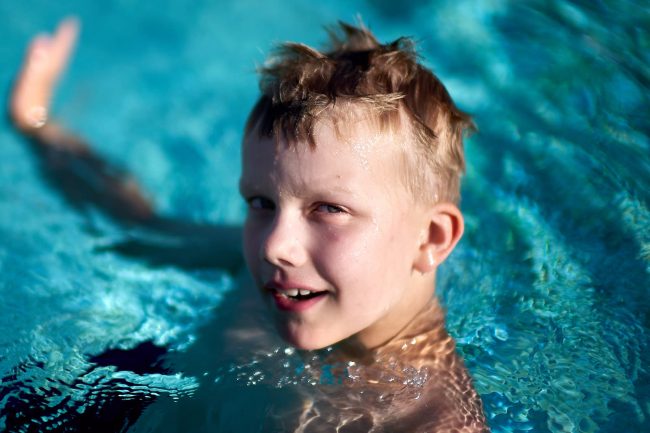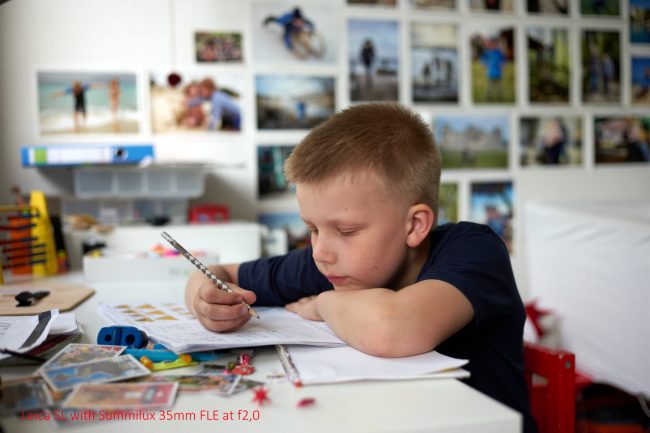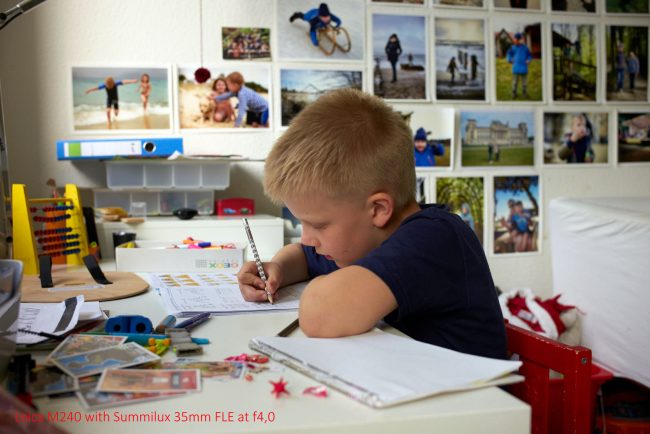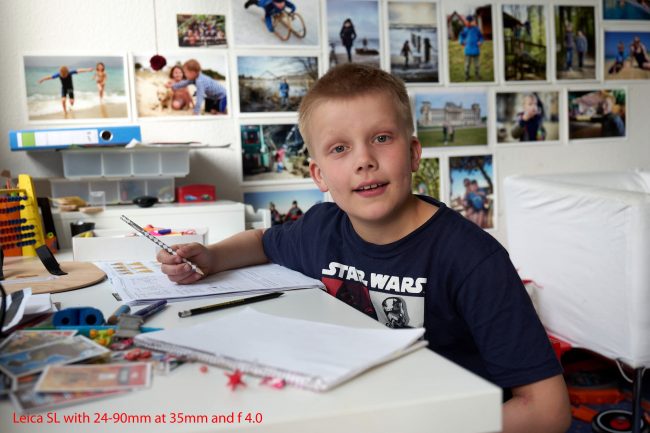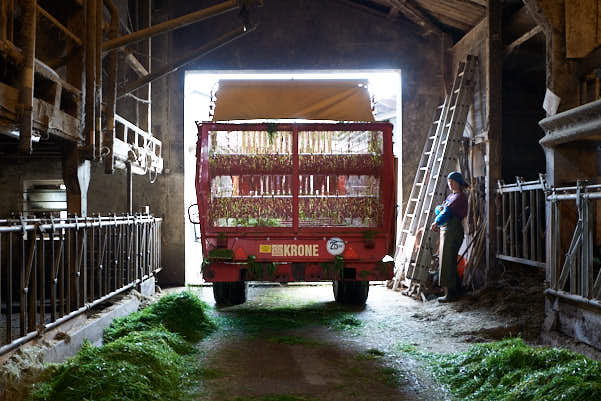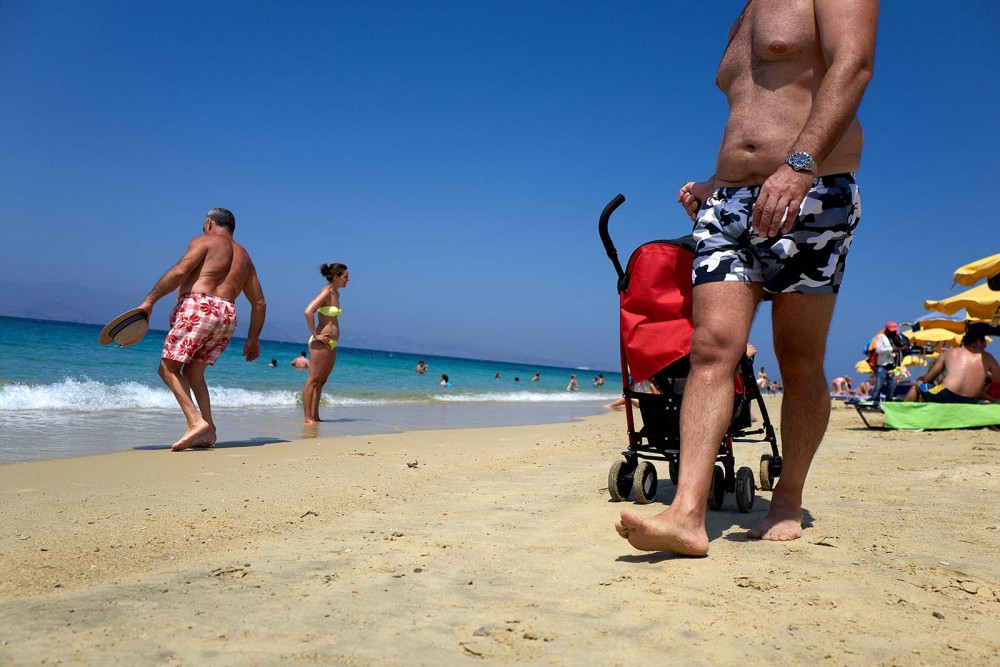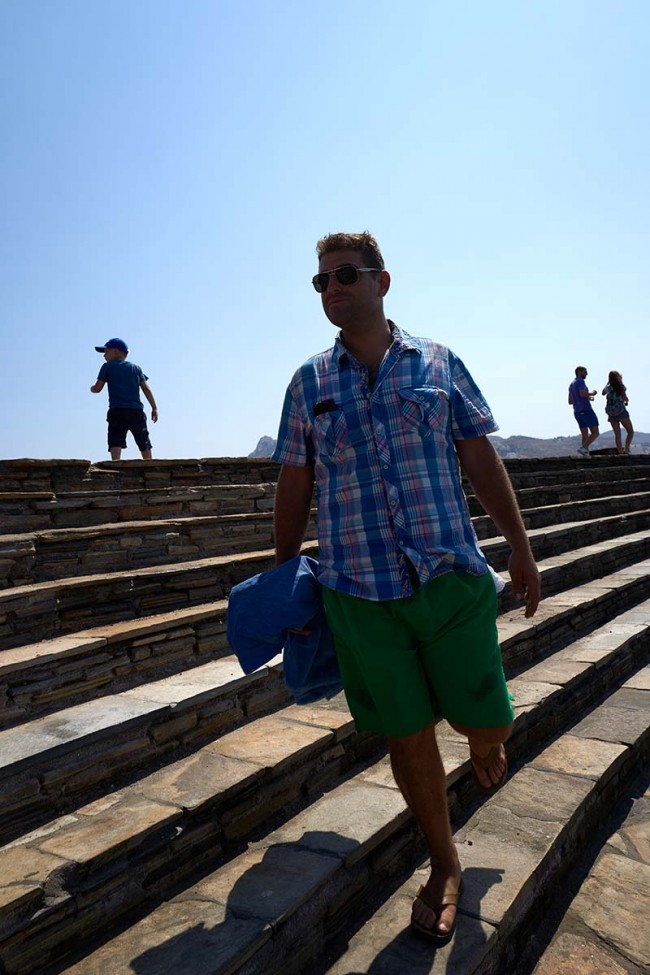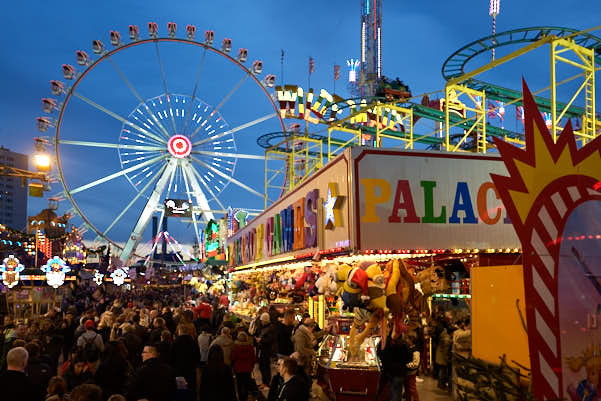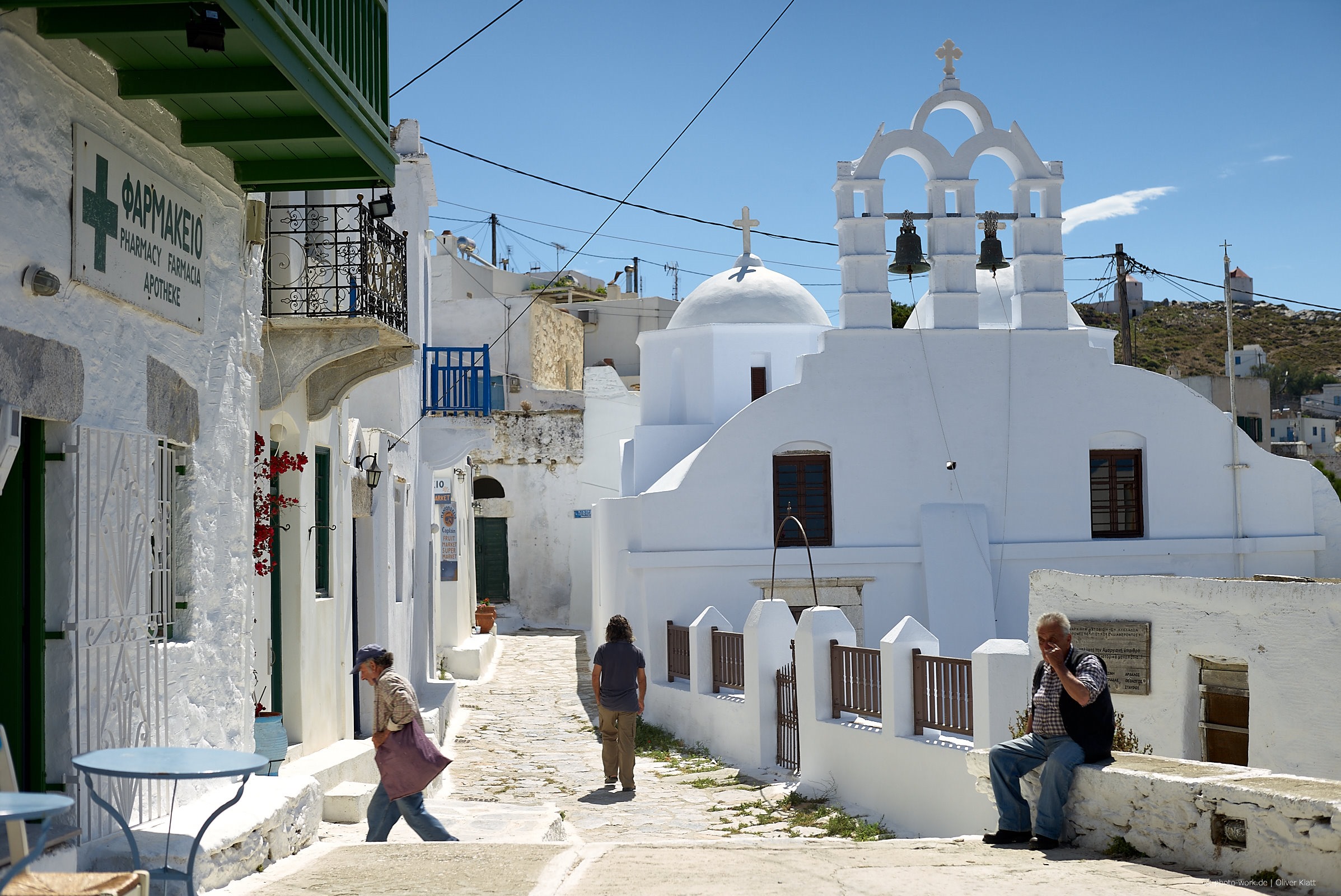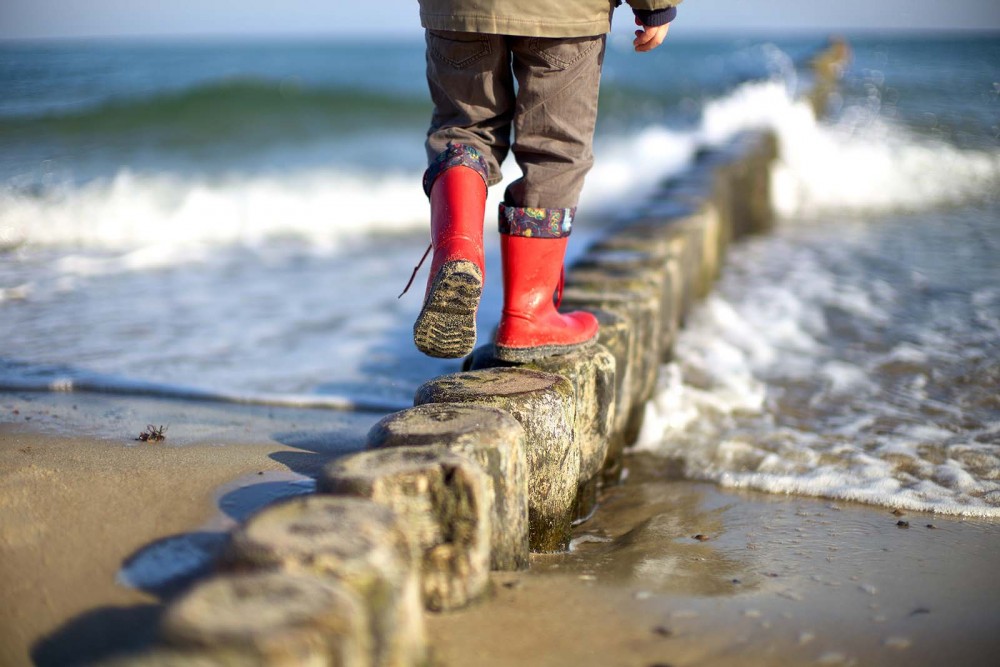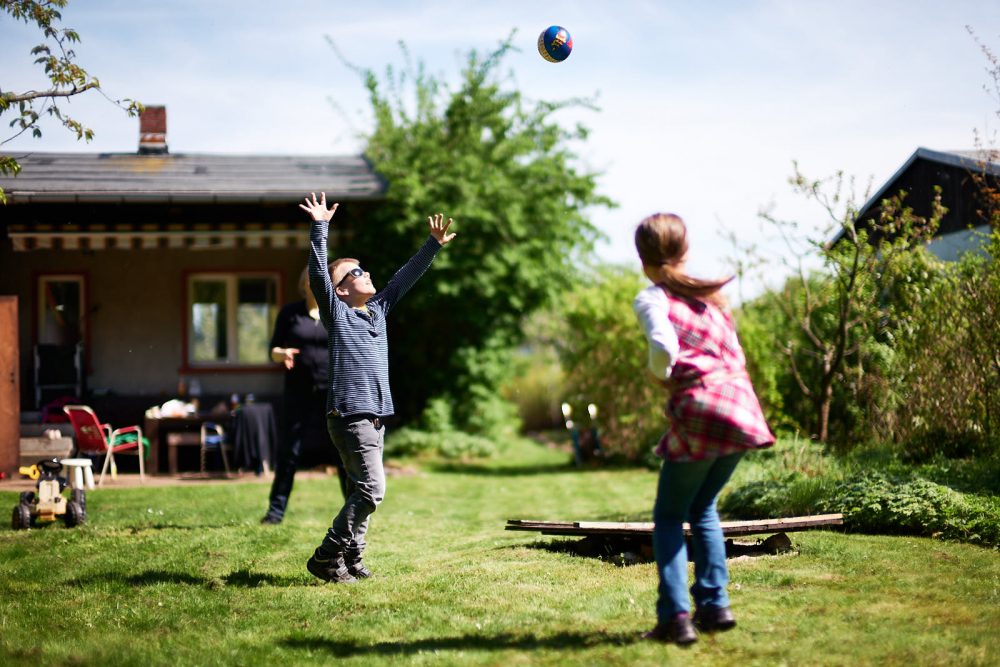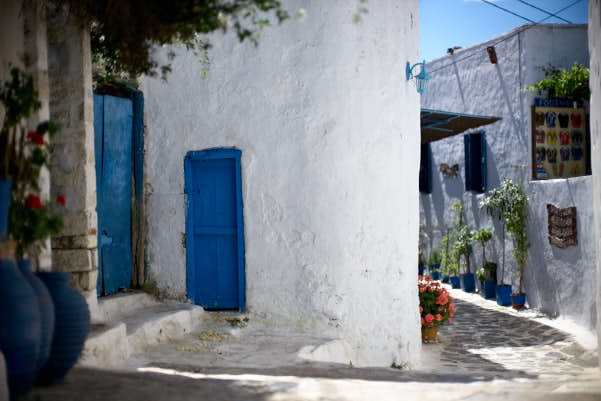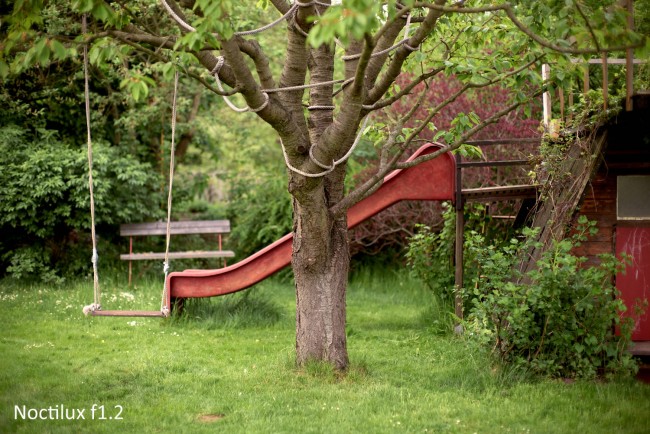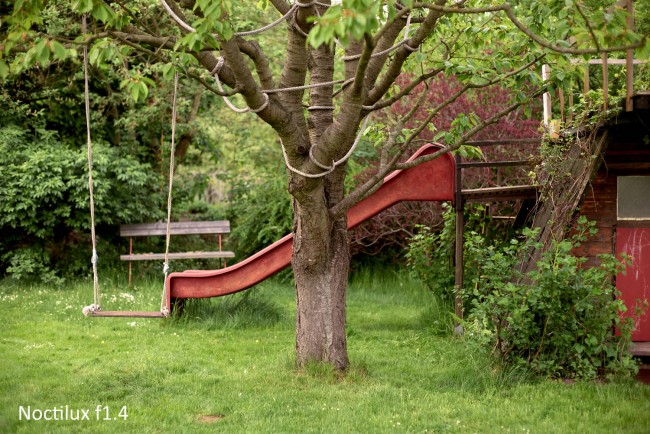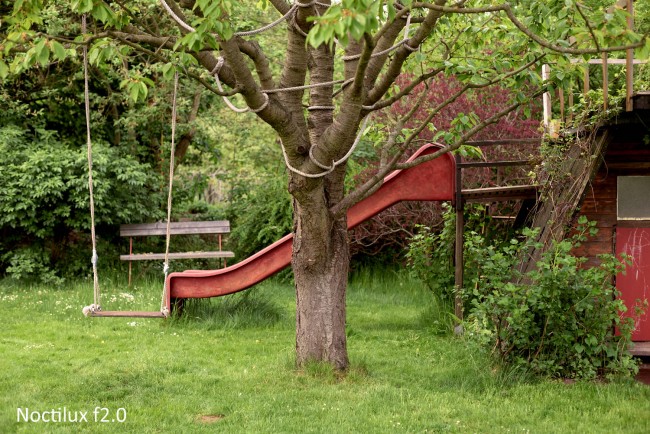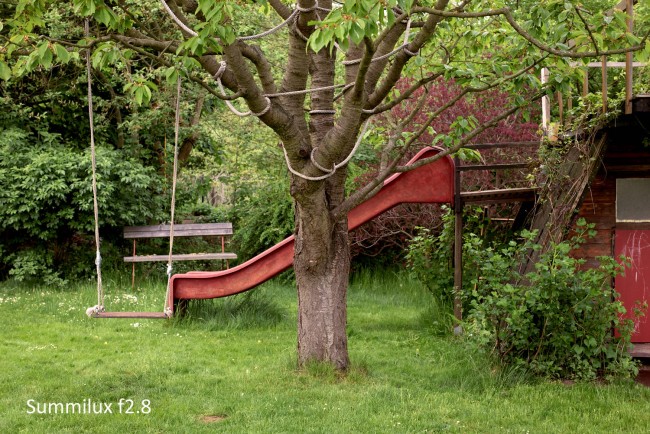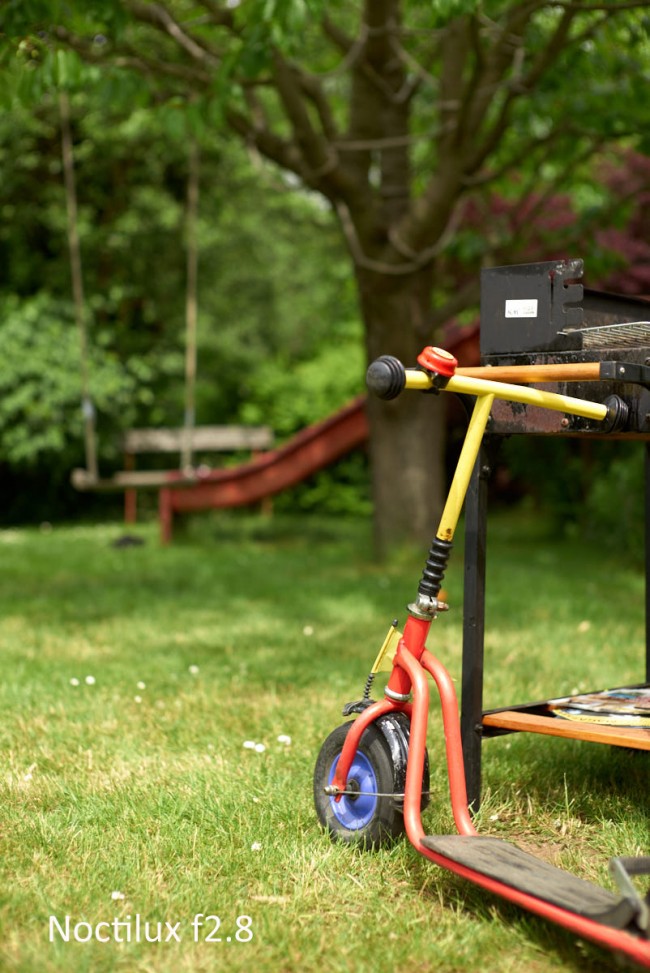Leica CL Review
2 pictures © Leica Camera AG
The Leica CL
For some years now I have been photographing with the Leica SL and Leica Q. Both are excellent cameras and unique in their segment. The Leica SL has an outstanding image quality, an extremely robust construction and many professional features, but unfortunately it is also quite large and heavy. The Leica Q also has a very good image quality and is robust, but with only one fixed 28mm lens it is not very flexible.
The Leica CL connects both models, it is small and light but flexible and the robust construction is comparable to the Q. I bought it to replace the Q and use it as a compact alternative or supplement to the SL. The question is, is the image quality of the APS-C sensor comparable to that of the two full frame cameras? The APS-C sensor is only about half the size of a full-frame-sensor.
Leica Vario-Elmar-TL 18-56mm 1:3,5-5,6 ASPH
The Body
At the first unpacking I was surprised how small and light the camera is. It is smaller than the Leica Q. If I have the camera with the 2.0/23mm in my pocket, I hardly notice it, which is a good thing. In comparison, the SL with the 24-90mm is a boulder that pulls like a stone on my shoulder. For better grip, I bought the handgrip (130 Euro) and the Leica Thumbs-Up (170 Euro!!).
The build quality is, as you would expect from Leica and for the price, very good. I cannot detect any flaws or tolerances. Nearly everything is made of metal. Unfortunately, Leica has moved the battery and SD card compartment to the bottom again and simply screwed the handgrip underneath. So I do what’s been bothering me since my M9, unscrew the handgrip, replace the battery or SD and rebuild it. This is really better solved in the SL. Also, the handgrip has no tripod mount, so I have to remove it to work with the tripod.
The back is reduced to the basics and has only a few switches. Some of them are freely assignable in the function, which is very useful. This gives me many possibilities to personalize the camera. On the top is a mini display showing time, aperture, correction and mode. This is illuminated and very useful at night.
Leica Vario-Elmar-TL 18-56mm 1:3,5-5,6 ASPH
The release button is integrated in the on/off switch and looks like in the M. The two-way switch has a good pressure point, better than the Q. The mechanical trigger is quite loud, but not unpleasant. If you want you can shoot with the electronic shutter and have a silent camera. The release delay is very short, which is very important to me.
The rear monitor is comparable to the Q or SL. It’s a touch screen which is useful to set the focus point or to view the images more closely. Unfortunately, as with all Leica cameras, it is a fixed monitor, so you can’t tilt it to take pictures from below or above. Here, the competitors offers more comfort.
The electronic viewfinder is an improvement compared to the Q. It has a good resolution with 2.3 mpx and is very large, fast, bright and has good colors and it is really a joy to work with. Ok, the SL viewfinder is a different league but the CL viewfinder is really good.
There are no connectors on the body, which is a pity, I have to ‘unscrew’ the SD card to get my pictures. The camera has one UHS-II SD slot and I can use very fast SD cards. With the app for IOS and Android, the mobile phone can be used to remotely control the camera and view the images. The camera sets up its own WLAN and can be connected via a QR code. This works quite fast and runs stable.
Continuous Shooting up to 10 frames per second is possible and with RAW 33 frames long. Then it slows down, but can keep shooting. It takes about 30 seconds to write the 33 images to the SD card.
The battery is identical to that of the Leica Q. It is relatively small and it’s good for around 250 pictures. The battery can be bought cheaper as a Sigma BP-51 which is techically the same.
Leica Super-Vario-Elmar-TL 11-23mm 1:3,5-4,5 ASPH
The sensor and white Balance
The CL sensor is an APS-C sensor with 24.1 mpx and 14 bit color depth. It is rumored to be the sensor of the Sony A6500, but we don’t know more and Leica doesn’t say anything.
The 24 mpx is a good compromise of resolution, processing speed and file size. A resolution of 24 mpx corresponds to an 20x30cm print at 300 dpi in excellent quality. Even a 40x60cm print will not look much worse. On the Internet, sizes around 2 mpx are common. But it is different when you crop a lot, then maybe you only have 10 mpx as a finished image. If this happens frequently, you might really want to buy more mpx (or get closer).
The dynamic range of the CL is exzellent. It feels like one stop more than the Leica Q and the SL. As always, the best value is the native ISO 100 and then it drops.
The white balance of the CL works very well, better than with the Q. All in all, the colours of the CL look very natural and vivid. There is no color shift like with the Q here.
Leica Super-Vario-Elmar-TL 11-23mm 1:3,5-4,5 ASPH, right image ISO 3200 no noisereduction
High ISO
There is a long debate about the relationship between noise and pixel size. Many people say that smaller pixels get less light and have more noise. Since the CL has an APS-C sensor, there should been more noise in direct comparison to a Q with its full Frame sensor. I can not confirm that. At ISO 100 there is zero noise. The noise of the CL up to ISO 3200 is very low and I put off any noise reduction in C1. From ISO 6400 noise increases rapidly. The color noise is relatively low. I try to keep the ISO under 3200.
Leica TL 2.0/23mm Summicron at ISO 4000
The TL system and the lenses
The system of the CL is the same to that of the T and therefore all TL lenses as well as the SL series lenses can be used. In addition, all M lenses can be used with an adapter. Similar to the SL, the profiles get loaded when M lenses are mounted.
I bought the CL with the 18-56mm as a kit. Also the Summicron 2.0/23mm and the super wide angle zoom 11-23mm. My first impression to the TL lenses is that they are much lighter than the M or SL lenses. Since the system is supposed to be compact, I take this as an advantage. On the other hand they cost about one third of the M/SL lenses. I was positively surprised by the TL 11-23mm, it is almost on the level of SL lenses. The 18-56mm is very sharp in the middle, but the get softer in the corners.
None of the TL lenses has an image stabilizer and the CL body has no stabilized sensor either, so Leica ignores the competition’s development. In connection with the very small pixels of the sensor you have to hold still to avoid blurring. The handgrip and thumb are extremely helpful. I very much hope that Leica is working on a stabilized sensor, as this would be the most consistent method of stabilizing all lenses in the same way.
Leica Super-Vario-Elmar-TL 11-23mm 1:3,5-4,5 ASPH
The Autofocus
The autofocus is comparable to the Q in speed. It is very fast and quiet.
I like to use face detection, which works quite well. The AF mode tracking of moving objects works well, but is far away from the AF monsters Nikon D5 or Sony A9, and the camera has problems to find the focus in conditions with low contrast. The autofocus works with 49 contrast-based sensors. They are simply very few sensors to enable precise eye recognition or fast tracking. For comparison: the Sony A7 Mk3 works with 693 AF points.
When I press the shutter-release button halfway, I can adjust the focus manually on the lens. This is convenient and Focus-Peaking helps to recognize the sharpness.
Leica Super-Vario-Elmar-TL 11-23mm 1:3,5-4,5 ASPH
The image Quality
For me, image quality is the main reason to buy a Leica. Anyone who is willing to invest so much money in a camera plus lenses can expect exceptional quality. There are a lot of excelent competitors in the market and there is no longer a reason to accept a much lower image quality with an APS-C sensor than with a full frame sensor. The Leica CL delivers an image quality that is comparible to the Leica Q and SL. The white balance works better in CL than in the Q and colors are more natural. With the 11-23mm the pictures have a very good plasticity and are at the same level with the Q. The signature of the pictures is similar to the SL with the 24-90mm. At the first look I can’t tell which camera was used to take the pictures. With a deeper look the SL delivers more microcontrast and a more vibrant image.
In comparison Leica CL, SL and Q
Here are three images taken for comparison with 28mm (FF) at ISO 100 and f5,6 with 1/125 and cropped to about 30% and a 100% crop. The first with the Leica CL and the 11-23mm, the second with the Leica SL with 24-90mm and the third with the Leica Q. In my opinion, the Q is the sharpest, the SL renders the most beautiful and the CL is very balanced.
Leica CL | Leica SL | Leica Q, 30% Crop und 100% Crop
Conclusion
When Leica released the Q, many People hoped for a version with interchangeable lenses. It was clear early that it will never come. Now there is the CL, which, except of the APS-C sensor, fulfills exactly what the Q is not, it is flexible. It is also fast, compact and easy to use. The image quality is, in my opinion, very close to the Q and SL and sometimes even better. The Q is a bit sharper when I look closer, but I can’t see a serious limitation due to the sensor size. With the Summicron 2.0/23mm it is even more compact than the Q and has what many people have criticized about the Q, a 35mm instead of a 28mm lens (in FF). Plus it has the better electronic viewfinder and a comparable feel and finish.
For me the CL is interesting due to its compactness and simplicity. It doesn’t even try to replace a complete DSLR equipment. It is the spirit of Leica, with the invention of the 35mm camera, to create cameras as a compact system. This brought the availability of cameras in everyones and everyday life. The CL is consistently designed for compactness and simplicity, while still maintaining a high image quality.
Due to the high price, the CL comes to areas of a Sony A7 III and other cameras. Some of it have more features and are superior to the CL in some areas. But they are not as compact as the CL, and with the outstanding Leica lenses you get a great Image quality which is on the same level as the Full-Frame-Megapixel-Monster.
In my opinion the design is a bit too retro, the hump for the EVF and flash shoe seem to be somehow attached. I would have liked a clearer modern design. I like the rest, and the feel is good. With handgrip and thumbs-up the camera fits well in the hand and feels good. The CL will replace my Q, it simply offers much more than the Q for the same price.
Leica Vario-Elmar-TL 18-56mm 1:3,5-5,6 ASPH




